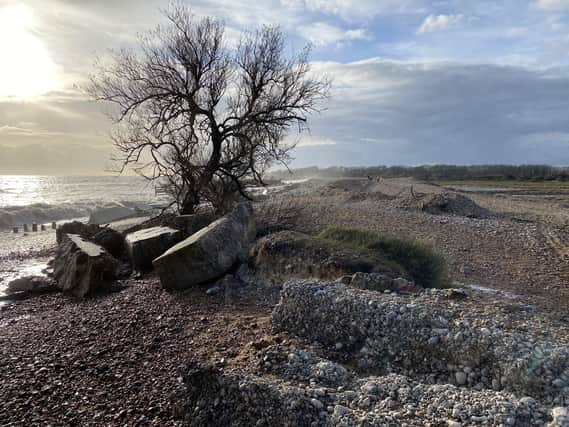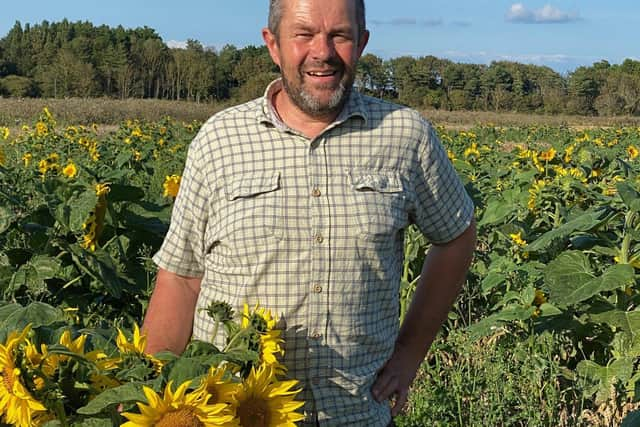West Sussex wildlife project will create new wildlife corridors across county


For an arable farmer to be asked to pen this first piece in a series on nature recovery is, in itself, remarkable.
Our impacts as farmers have been at odds with nature for decades yet, I now realise, we sit well placed to be part of the solution. Mindsets are changing.
Advertisement
Hide AdAdvertisement
Hide AdThe importance of our coastal farm at Climping, adjacent to the Sussex Bay, cannot be overstated. It is one of those rare places where marine and terrestrial habitats still interact. Our foxes and crows scavenge the tideline and shore waders seek land refuge in storms.


Off the coast the Help the Kelp project has begun to restore almost 300 square kilometres of lost kelp forest. Now, in a bold new venture to reconnect marine habitat with functioning eco-systems on land, a group of farmers and landowners, including myself, have established the Weald to Waves (W2W) initiative – a network of wildlife corridors that will lead from Climping across the South Downs National Park into the heart of the county, connecting with Wiston Estate and the Knepp rewilding project and from there to the St Leonard’s and Ashdown forests.
We have all pledged to do our bit to give some of our land over to nature or adopt more nature-friendly systems – whatever we feel we can do – especially where it will help reconnect isolated pockets of valuable habitat.
Climping is known for its openness. If you’ve walked here you’ll have trodden footpaths that traverse the barren centre. Once, these would have tracked hedge lines. My father’s generation had been busy, their task to end post-war rationing and make the land efficient. Hedges were cleared, fields enlarged.
Advertisement
Hide AdAdvertisement
Hide AdThe effect on food production was astonishing. But so was the impact on nature. In 1985, in my teens, I saw a pair of mad March hares boxing. That was to be the last time. They couldn’t survive ploughing and are now locally extinct. The electric railway line that runs in an arc from Bognor to Littlehampton acts as a barrier to their return.
Over the years there have been various government initiatives to set aside land for nature but despite these efforts wildlife has been ebbing away.
As the years have passed I’ve become increasingly uneasy. My children ask me uncomfortable questions round the breakfast table – the Attenborough effect. Change here is being driven from the bottom up.
My epiphany came after a family trip to Borneo. We were horrified at the rainforests being replaced with oil palm plantations. I came home angry. That’s when the penny dropped. Our own eco- systems are broken, too. Who was I to judge? My enduring thought is of the damage caused across entire landscapes in the UK by industrial farming and centuries of infrastructure and development. Nature has been compartmentalised, chopped into isolated reserves. The Weald to Waves project will, we hope, connect the dots again, allowing wildlife to move in response to climate change, and reach other populations to increase genetic diversity and species resilience.
Advertisement
Hide AdAdvertisement
Hide AdThe tide is slowly turning and now nearly all farms in our area have adopted some form of offsetting measures whether that’s flower-rich field margins, replanting hedges or switching to fully organic systems. My parents, too, acknowledging the biodiversity emergency, have become strong supporters of nature-friendly farming.
Successes are beginning to filter through. Locally rare birds – once common – are returning.
In the last 12 months we’ve had sightings of avocet, wryneck, turtle dove and little ringed plover. Provide, and they will come. One day I hope we’ll have a wildlife bridge under or over the Bognor railway. The damage we’ve done can be undone, if we put our collective minds to it.